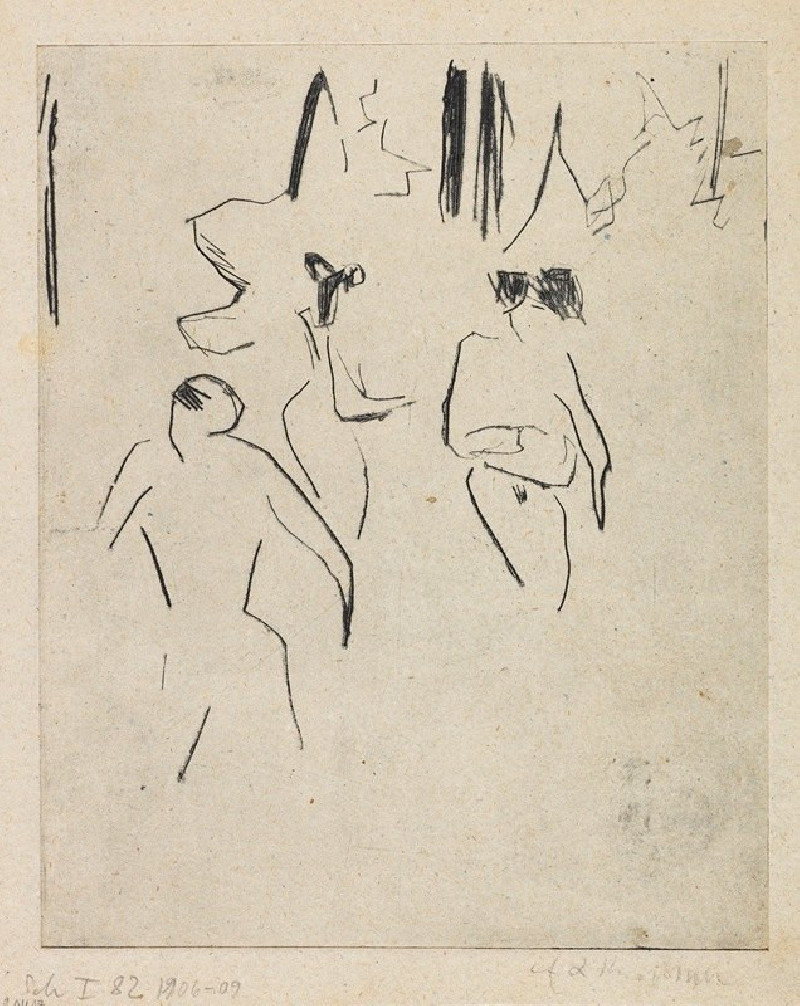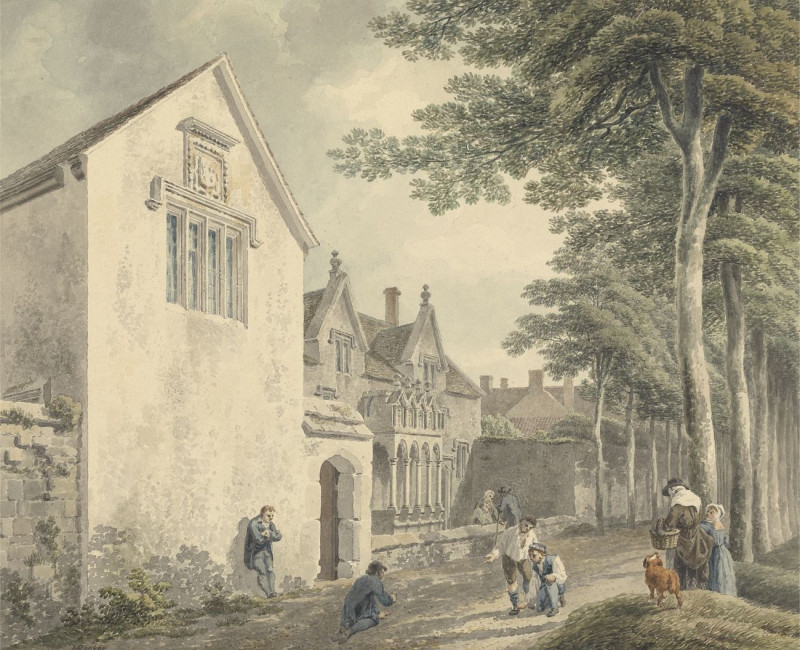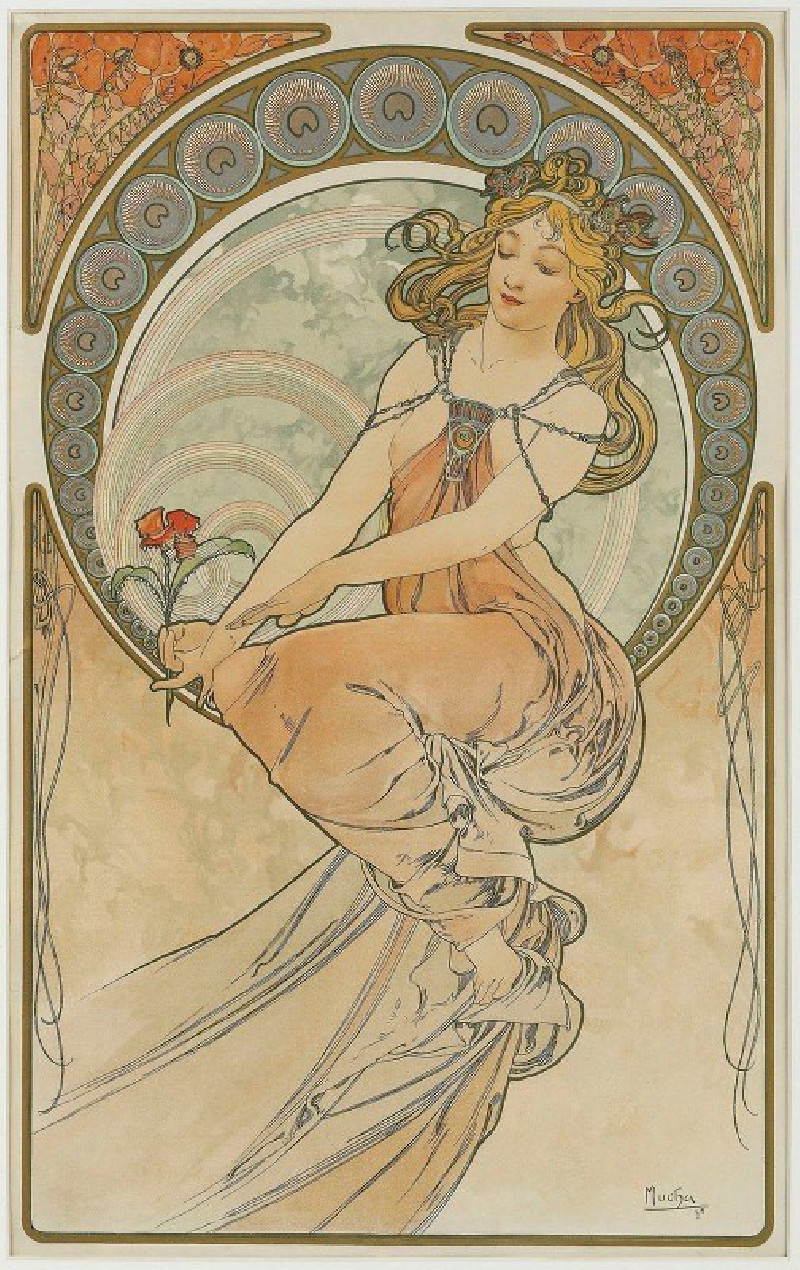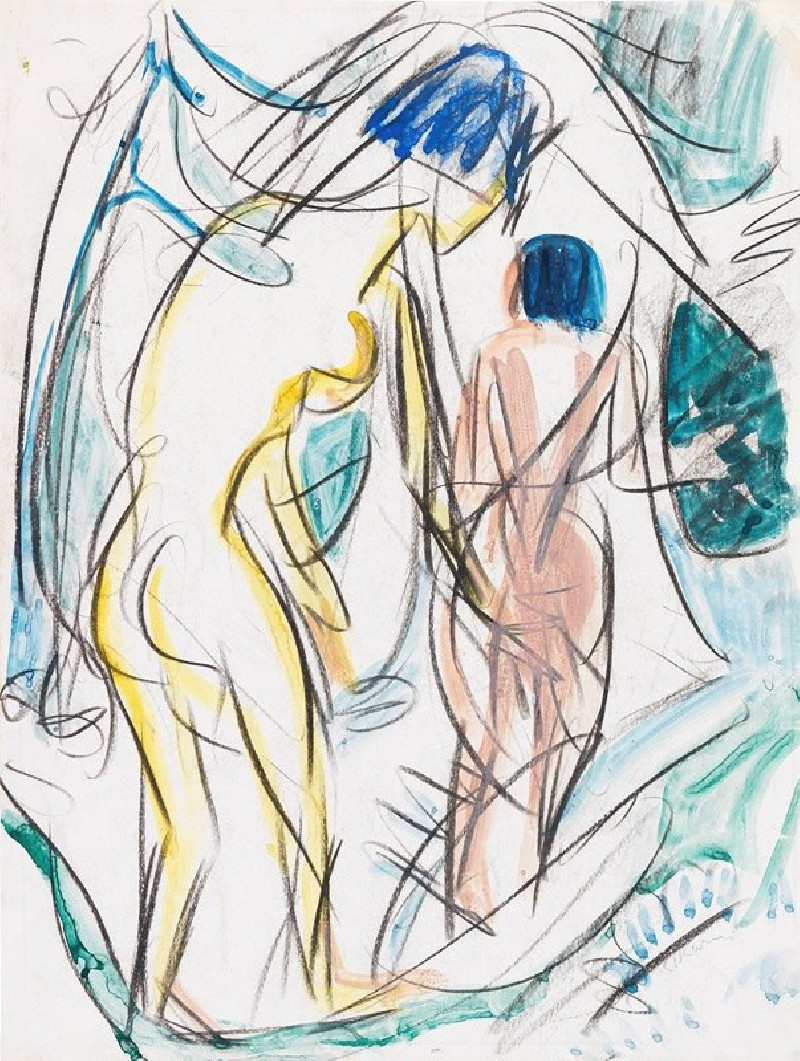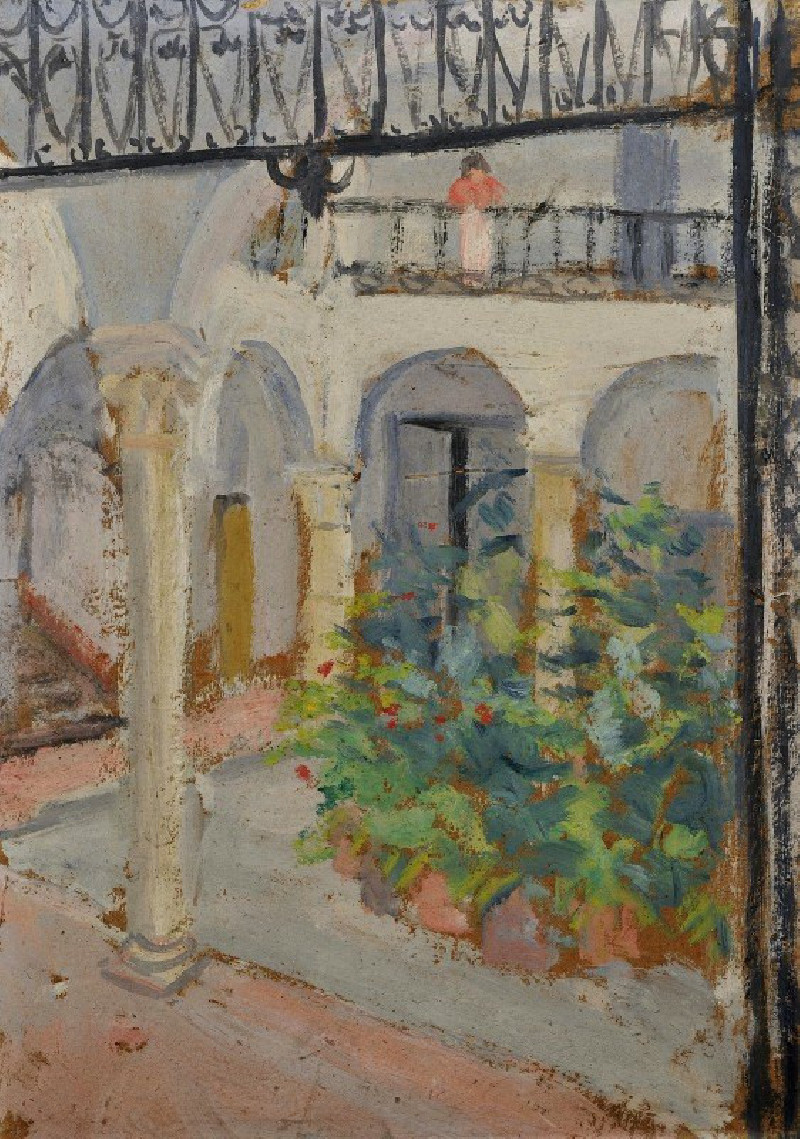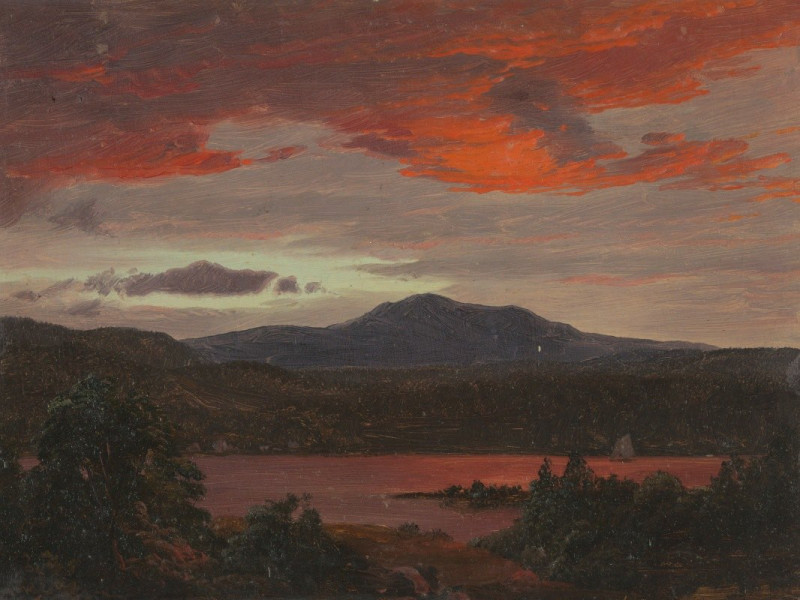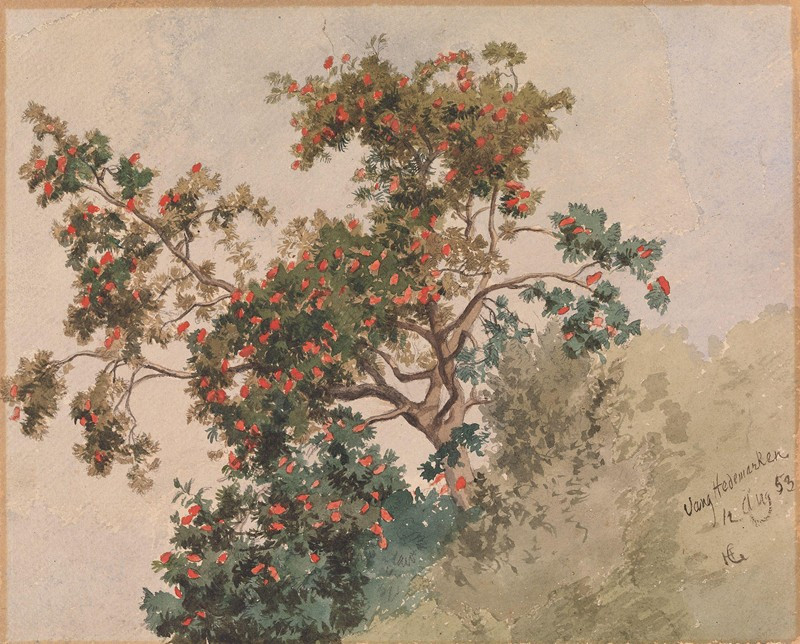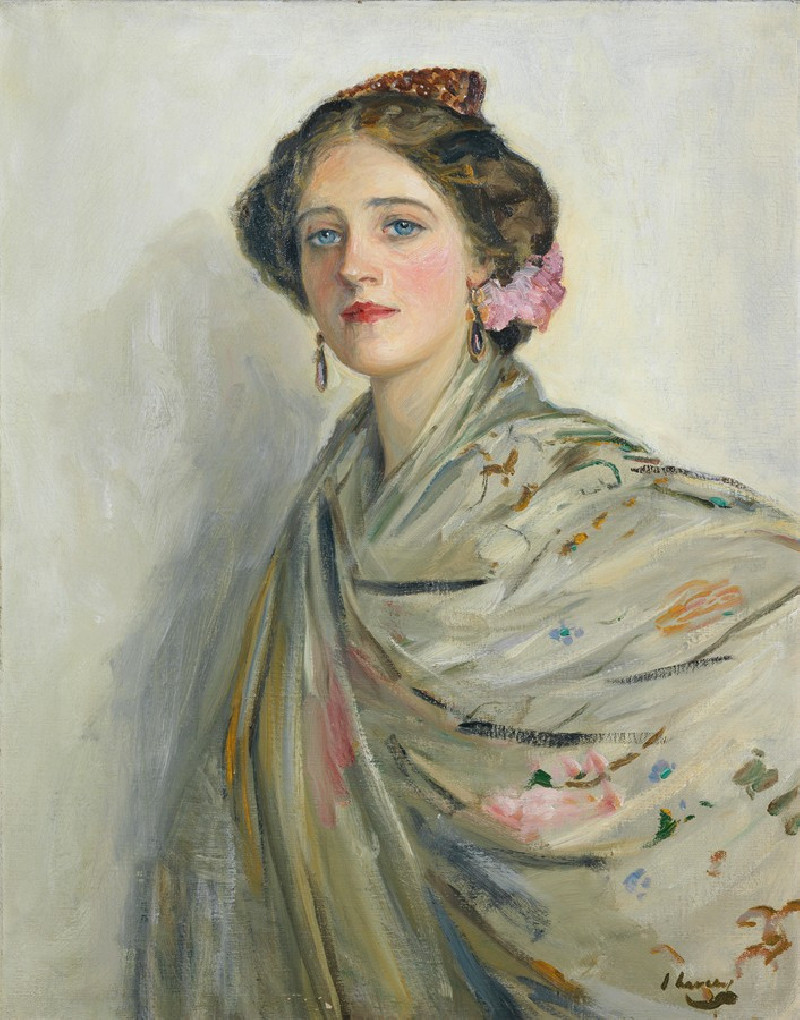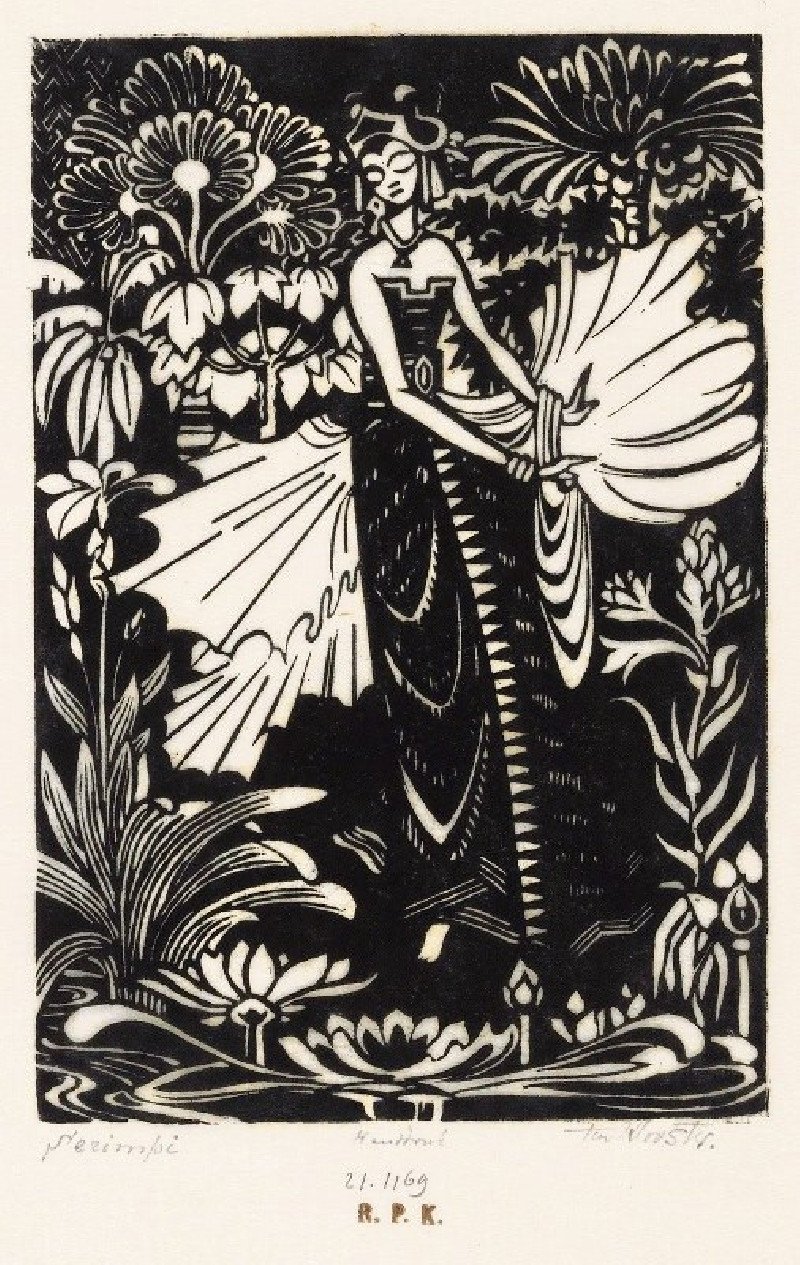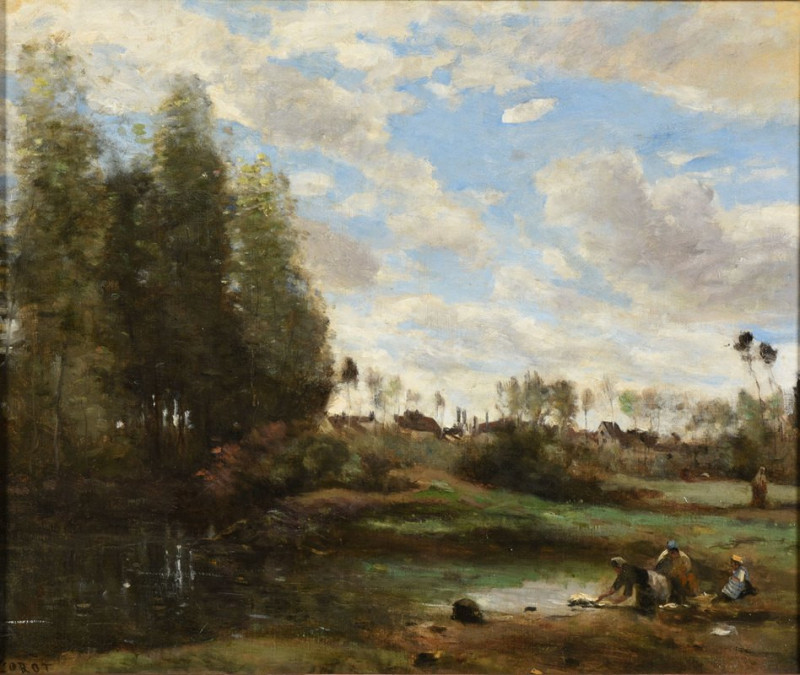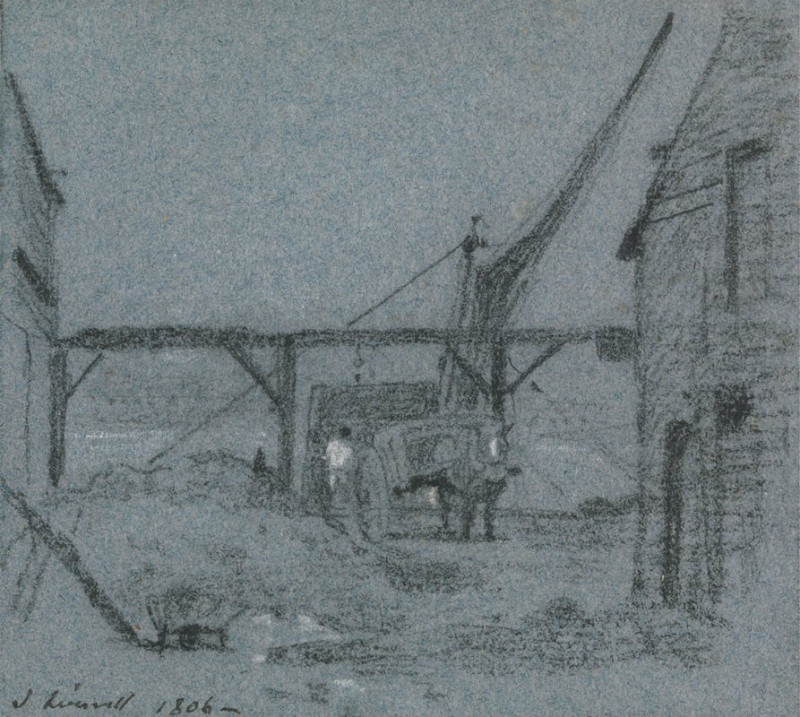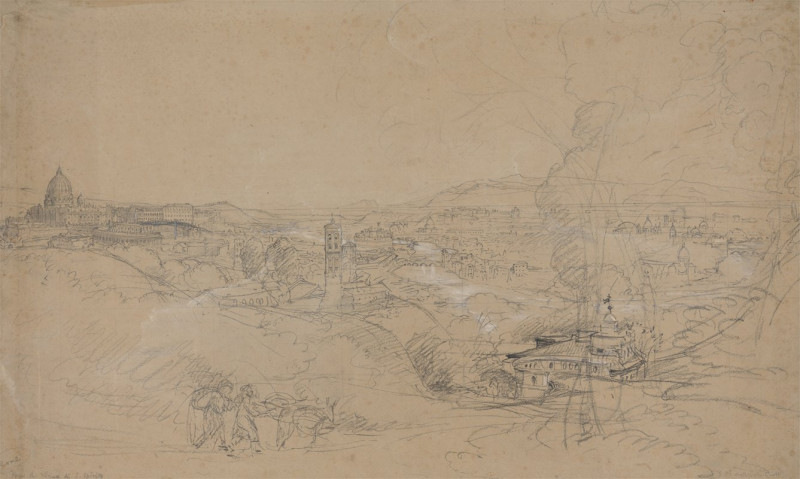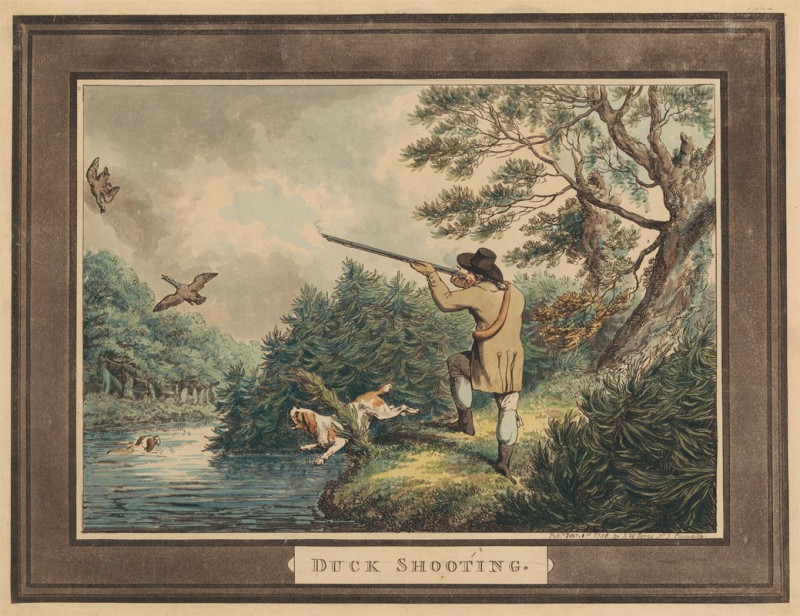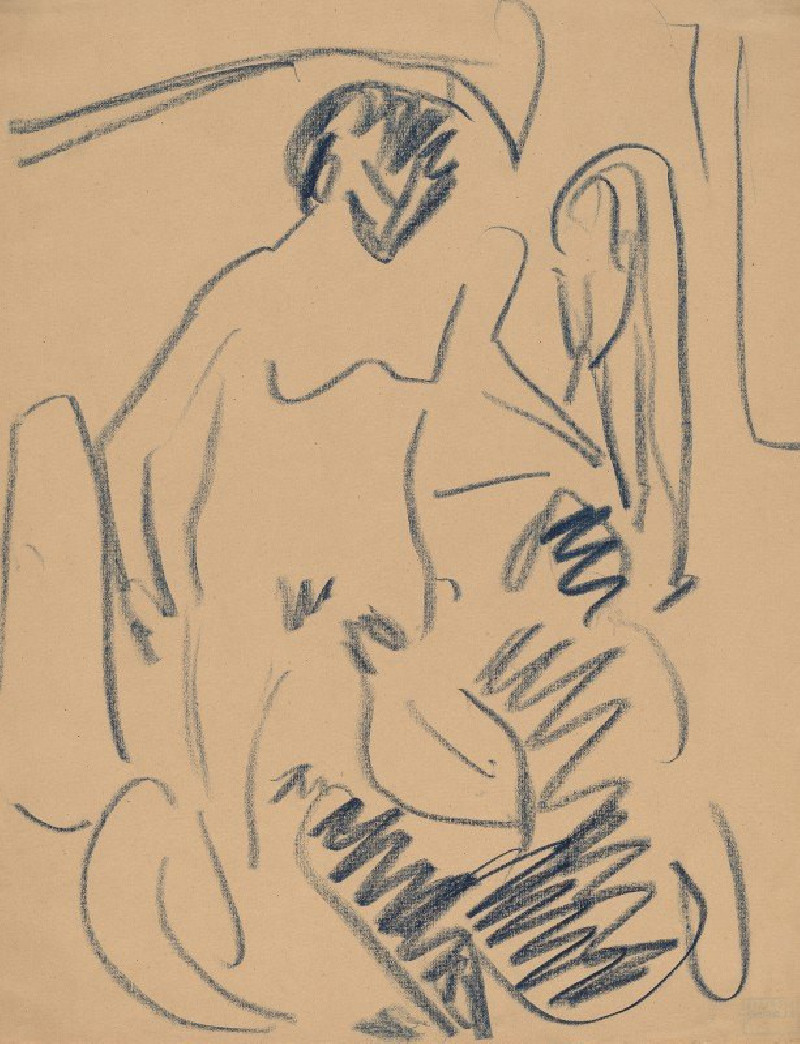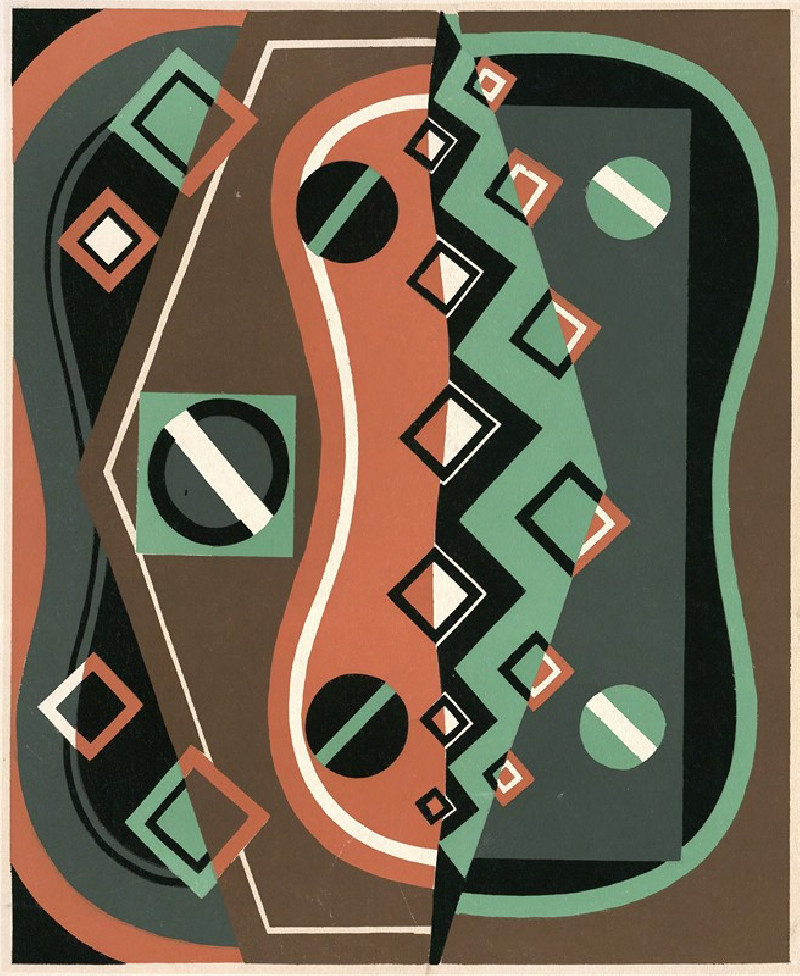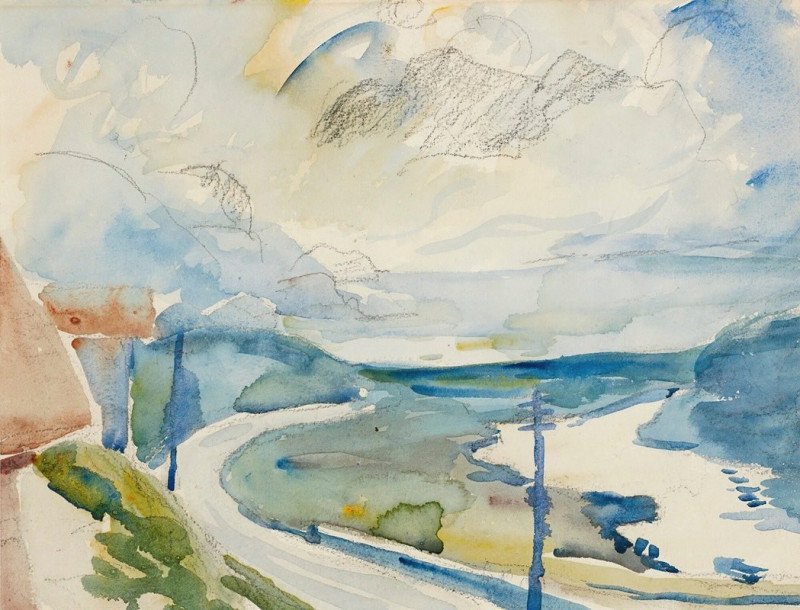Moritzburger Badende im Gestrüpp (1910)
Technique: Giclée quality print
Recommended by our customers
More about this artwork
"Moritzburger Badende im Gestrüpp," a captivating work from 1910 by the renowned Expressionist artist Ernst Ludwig Kirchner, invites viewers into an abstract, sketch-like portrayal of figures at Moritzburg. This artwork embodies Kirchner's signature style, highlighted by its spontaneous and rapid strokes that suggest movement and emotion rather than detail.The composition features the fragmented forms of several bathers, intertwined with hints of a wild, natural setting. The lines are bold and dynamic, conveying a raw energy that is typical of Kirchner’s approach during this period. The figures are abstract and barely defined, with the emphasis on their outlines rather than their features, which evokes a sense of anonymity and universality.This piece is reflective of Kirchner's exploration of human figures in nature, a theme recurrent in his works, illustrating his interest in the primal connections between humans and their environments. As viewers, we are drawn into this interplay of natural forms and human presence, prompted to reflect on our own relationship with the natural world."Moritzburger Badende im Gestrüpp" is not only a testament to Kirchner's innovative techniques but also an expressive snapshot of early 20th-century modernist art, offering a glimpse into the artist’s psychological and aesthetic experiments.
Delivery
Returns
Ernst Ludwig Kirchner (1880–1938) was one of the most important German Expressionist painters. He was a co-founder of Die Brücke, a group of German expressionist artists formed in Dresden in 1905. Die Brücke and Kirchner took inspiration from Vincent Van Gogh and Edvard Munch, as well as African and Oceanic art. They used woodblock printing as a medium to showcase their signature style: flat, unrealistic images with vivid colors. The recurring themes in Kirchner's artworks included exotic cultures, faraway landscapes, self-portraits, dancers and Berlin street life. His paintings and prints effectively portrayed non-European cultures despite the fact that he never traveled outside of Europe.

